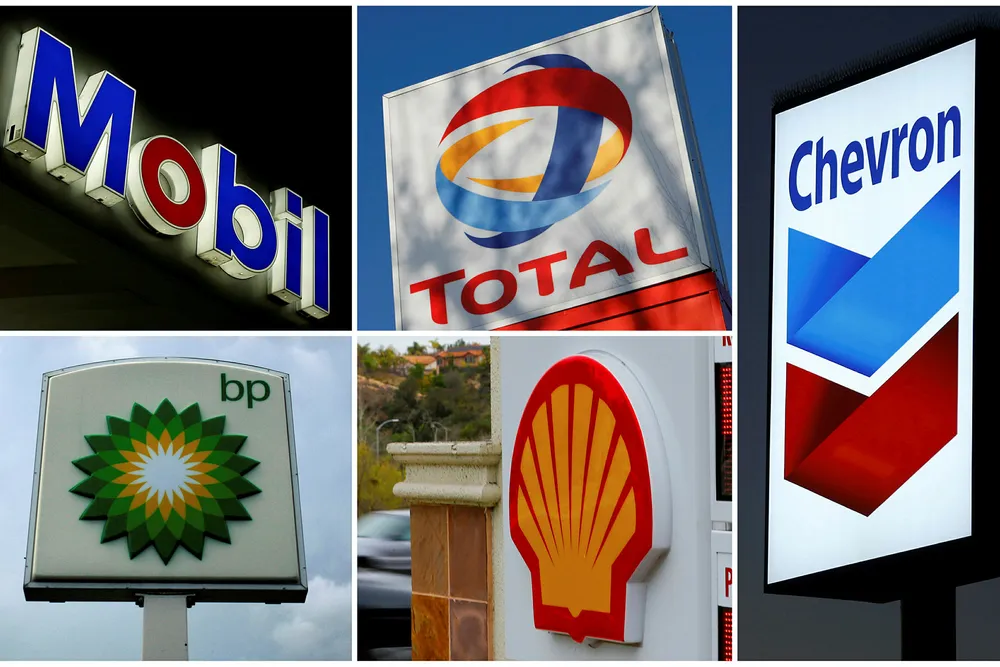OPINION: Battered by Covid-19, oil companies face a stark choice
Latest quarterly results reveal the damage from the coronavirus pandemic, while another peril looms

Latest quarterly results reveal the damage from the coronavirus pandemic, while another peril looms
